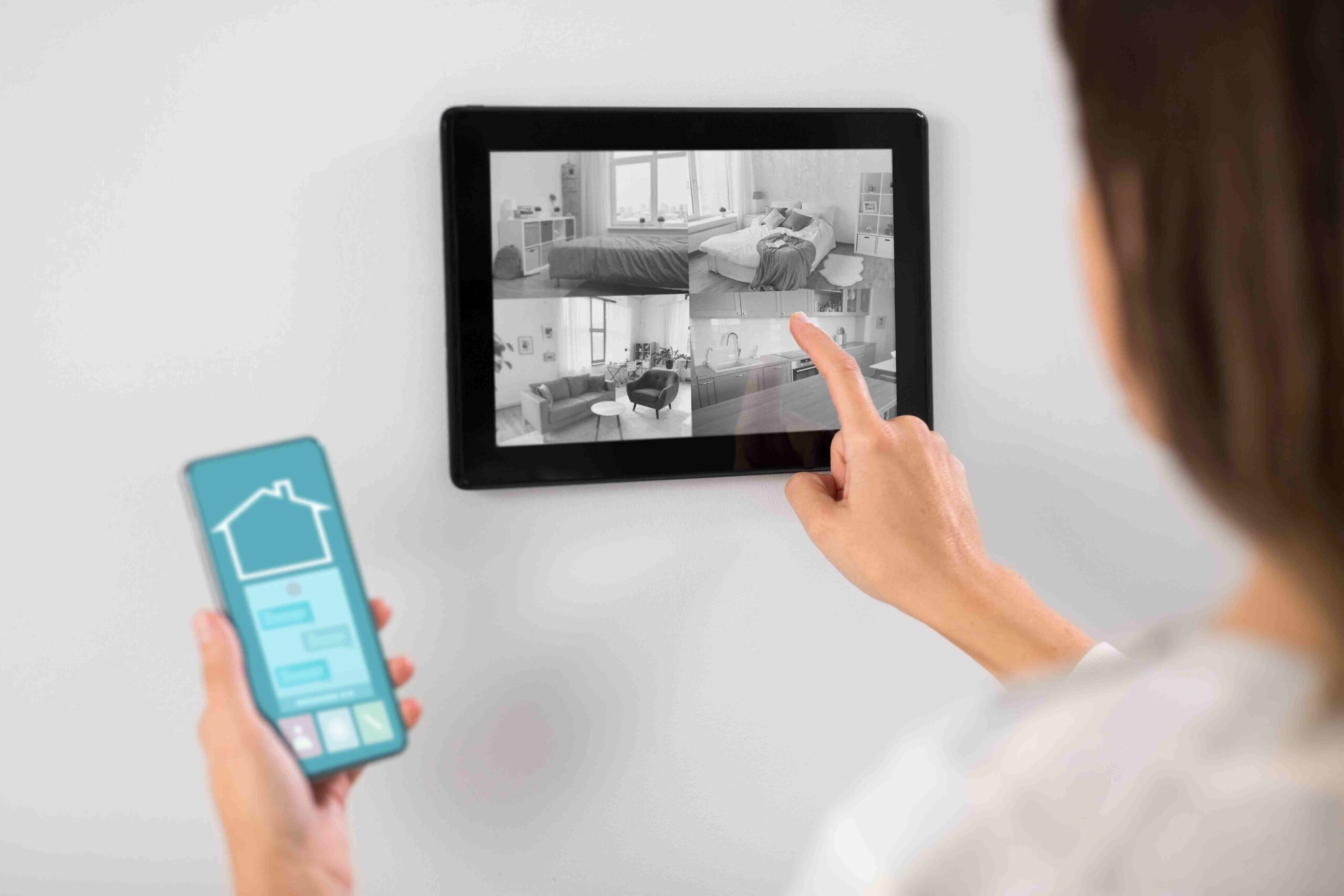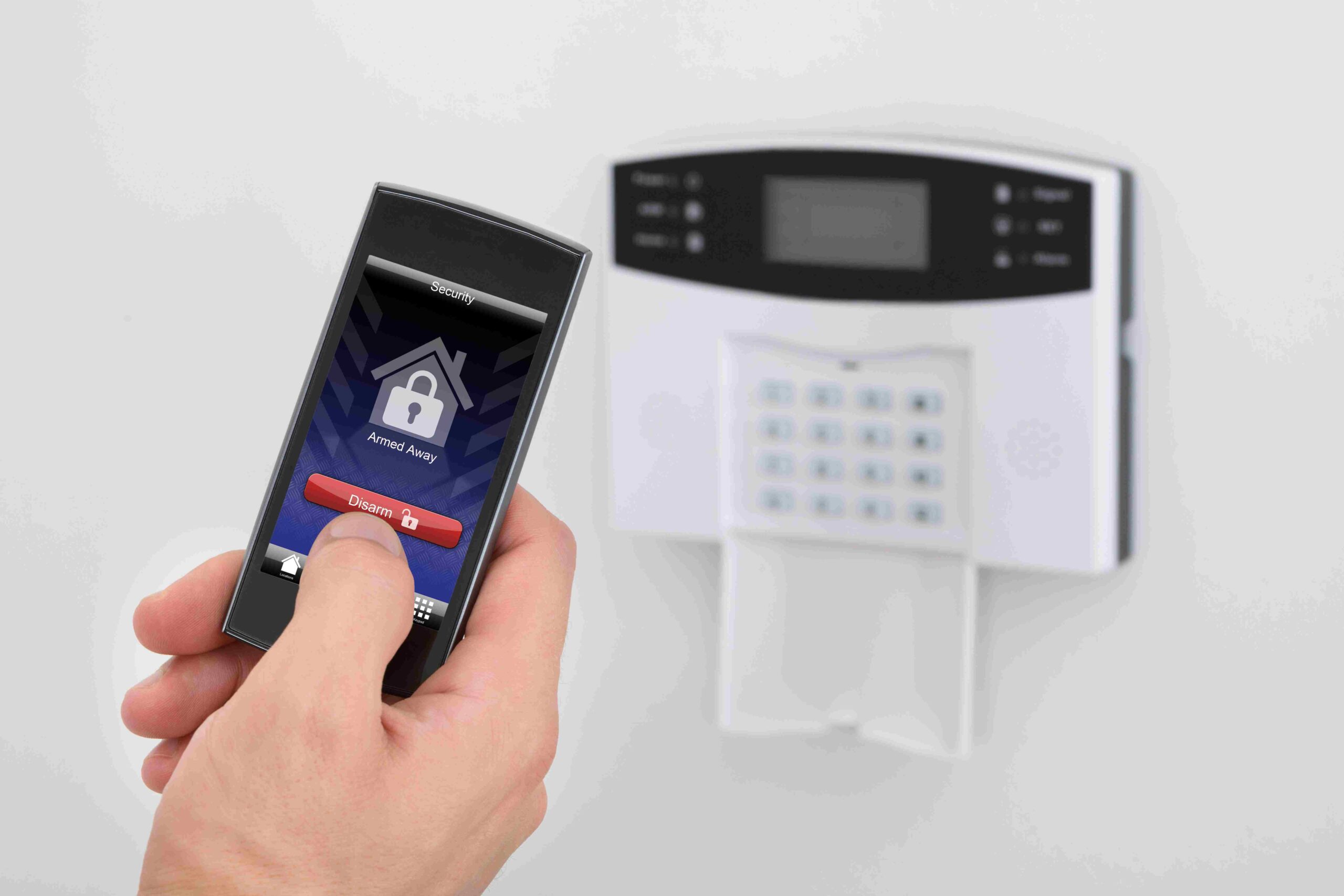In this guide, we’ll discuss the most common home security installation mistakes, provide expert DIY home security installation tips, and provide a step-by-step home security installation guide to assist you in avoiding common mistakes. Let’s ensure you install your system properly the first time!
Why Avoiding Home Security Installation Mistakes Matters
Insecurely installed security systems provide vulnerabilities that attackers find easy to exploit. Worse, they make homeowners feel safer than they are. Avoiding home security installation mistakes in installing your home security system guarantees it performs at its maximum capacity, sensing danger, sending notifications, and protecting your loved ones.
If you want to safeguard your property, paying close attention to every single thing of your system’s setup is non-negotiable.
Top Home Security Installation Mistakes to Avoid
Some of the most common home security errors that most homeowners commit are:
1. Inadequate Sensor Placement
One of the most common home security installation mistakes is putting sensors in ineffective locations. Motion detectors, door sensors, and cameras need to go where they can actually catch motion or capture faces, not wide open areas.
Tip: Install motion sensors near entry points such as front and back doors, large windows, and hallways.
2. Disregarding the Significance of Lighting
Security cameras are poor in absolute darkness without adequate illumination. Not using outdoor security lighting with cameras is another common mistake in setting up a home security system.
Tip: Put motion-activated lighting along your driveway, backyard, and dark places around your property.
3. Not Securing All Points of Entry
A surprising number of homeowners only lock the front door and ignore other weak points such as back doors, garages, and even upstairs windows. This is a mistake in home security installation.
Tip: Secure all possible points of entry, even those that are unlikely.
4. Not Changing Default Passwords
When configuring your system, constantly change the default username and password instantly. Hackers can easily find your factory settings’ default credentials online, which threaten your security.
Tip: Set a strong, distinctive password for your system and router to prevent unauthorised access.
5. Avoiding Regular Testing
Once installed, most individuals think everything is functioning correctly and fail to test their systems. Failing to test is a serious error in installing a home security system.
Tip: Test all sensors and cameras every month to make sure they are working properly and recalibrate if needed.
How to Install Home Security System Correctly
Now that you’ve learnt what not to do, here’s how you can do it correctly: These are the steps to install your system like an expert:
1. Plan Your Layout Carefully
Before grabbing any tools, quickly sketch a rough floor plan and label important areas that must be covered. These include entry points, high-traffic areas, and blind spots.
2. Select the Proper Equipment
Choose a system that suits your property size and the security requirements. Some homes may require additional outdoor cameras, smart locks, or glass break detectors.
3. Follow Manufacturer Instructions
Whether mounting cameras, alarms, or motion detectors, follow the manufacturer’s installation guide carefully to avoid costly home security installation mistakes.
4. Properly Secure Devices
Ensure that all devices are securely mounted with screws, not adhesive strips alone, particularly for outdoor installations subject to weather.
DIY vs Professional Home Security Installation: Which is Better?
Though DIY installations are now in vogue, professional installation remains the best choice for certain homeowners. Here’s a brief comparison:
| DIY Installation | Professional Installation |
| Lower initial cost | Higher cost but includes expert setup |
| Flexible timing | Installation at scheduled times |
| Risk of setup mistakes | Reduced risk of home security installation mistakes |
| Suitable for smaller systems | Ideal for complex or large properties |
If you are not sure, you may obtain professional home security installation advice. A brief meeting with an expert will guide you to choose whether to use a DIY system or simply invest in a professionally installed one.

Pro Tips to Ensure Flawless Home Security Setup
Aside from avoiding the main home secuirty installation mistakes, follow these bonus suggestions for complete peace of mind:
Employ Strong Wi-Fi Encryption: Your system is most likely to depend on Wi-Fi. Use WPA3 encryption if your device supports it and maintain current firmware.
Mount Cameras at Eye Level: Cameras mounted too low or too high will not get valuable footage.
Label Zones Clearly: If your system allows you to label zones (e.g., “Front Door”, “Kitchen”), do it; it makes monitoring and troubleshooting easier.
Secure Outdoor Cables: Exposed wires must be hidden or protected from tampering.
A good home security manual shows you how to set up and optimise devices.
Conclusion
Home security is a serious investment, emotionally and financially. Knowing how to install your system correctly and steering clear of the most common errors in home security installation, you safeguard both your valuables and your loved ones.
Whether you’re opting for a DIY installation with professional DIY home security installation advice or professional home security installation guidance, the solution is preparation, watchfulness, and upkeep.
Whichever option you select, it is critical to follow a detailed guide for installing home security. Maintain awareness, remain vigilant, and experience the peace that comes from a completely protected home. To get more details about what kind of security system is best for you, go to Which alarm system is the best in the UK? Visit this blog for further information.

